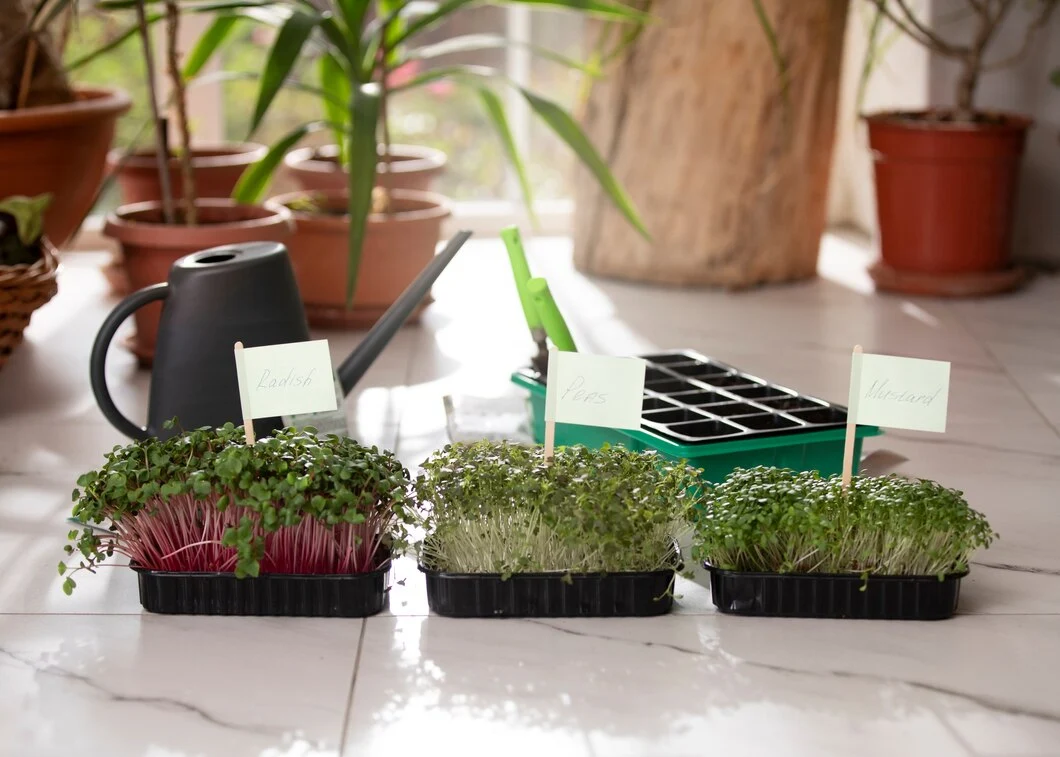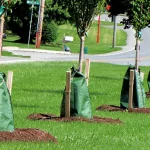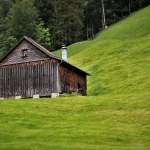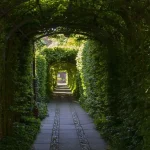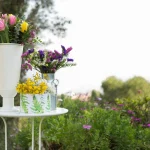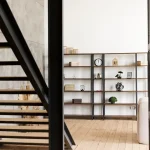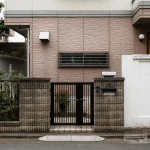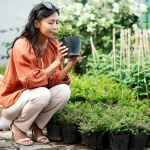Creating a beautiful garden doesn’t require a vast expanse of land. Even the tiniest outdoor spaces can be transformed into a lush, green sanctuary with the right approach. Whether you have a small backyard, a balcony, or just a little corner in your front yard, you can maximize your mini garden by using creative techniques and making smart plant choices. Here’s how to make the most of your small outdoor space, with expert advice and personal experiences to guide you along the way.
Understanding Your Space
Before diving into planting, it’s crucial to understand the unique characteristics of your small outdoor space. The amount of sunlight, the direction your garden faces, and the microclimate all play a significant role in determining which plants will thrive.
Jamie Durie, a renowned landscape designer, emphasizes, “Consider the microclimate of your space when selecting plants. Choose varieties that thrive in your specific conditions.” For example, if your space is mostly shaded, opt for shade-loving plants like ferns and hostas. Conversely, if your garden gets plenty of sunlight, sun-loving plants like lavender and succulents might be your best bet.
My Tiny Balcony Transformation
When I first moved into my apartment, I was disappointed by the small size of the
. It seemed impossible to grow anything substantial there. However after observing the space for a few weeks, I realized it received a good amount of morning sun. Armed with this knowledge, I chose sun-loving herbs like rosemary and thyme, which not only thrived but also added a wonderful aroma to my little outdoor haven.
Vertical Gardening: Making the Most of Your Walls
In a small garden, floor space is limited, but the sky (or rather, the wall) is the limit! Vertical gardening is a brilliant way to maximize your space by growing plants upwards rather than outwards.
Garden designer P Allen Smith suggests, “Small spaces offer unique opportunities for creativity. Focus on vertical gardening and container plantings to maximize your yield.” Vertical gardening can be as simple as attaching a trellis to your wall for climbing plants or installing shelves for pots. You can also use hanging planters or even repurpose old ladders as plant stands.
Going Vertical
Inspired by vertical gardening ideas, I decided to use an old wooden ladder as a plant stand on my balcony. I painted it a bright color to match my outdoor furniture and placed potted herbs and flowers on each step. Not only did it save space, but it also became a charming focal point that drew compliments from every visitor.
Container Gardening: Flexibility in a Pot
Container gardening is perfect for small spaces because it offers flexibility. You can move pots around to suit the light conditions or change your garden’s look with the seasons. Containers come in all shapes and sizes, allowing you to grow a variety of plants, from small trees to flowering annuals.
Gardener and broadcaster Monty Don advises, “Less is often more in small gardens. Quality plants and thoughtful design can create a stunning impact.” When selecting containers, consider the size of the plant and the space available. Grouping pots can create a lush, layered effect, while single large containers can make a bold statement.
Unique Insight: Choosing the Right Containers
When selecting containers, opt for lightweight materials like plastic or fiberglass if you plan to move them around. Also, ensure that your containers have adequate drainage holes to prevent waterlogging, which can be detrimental to your plants. If you’re on a budget, consider repurposing items like old buckets or baskets as quirky plant pots.
Creating a Focal Point
Every garden, no matter how small, benefits from having a focal point—a feature that draws the eye and anchors the space. This could be a water feature, a piece of garden art, or a particularly striking plant.
Carol Klein, a well-known gardener and broadcaster, suggests, “Incorporate water features to add a sense of tranquility and visually expand your space.” A small fountain or birdbath can serve as a focal point while also attracting birds and other wildlife to your garden.
My DIY Fountain
In my mini garden, I decided to create a small DIY fountain using a large ceramic bowl and a solar-powered pump. The gentle sound of trickling water added a peaceful ambiance to my space, making it feel more like a retreat than just a small corner of my yard.
Using Color and Texture to Create Depth
In small gardens, strategic use of color and texture can create the illusion of depth, making the space appear larger than it is. Bright, bold colors draw attention, while cool colors like blues and greens recede, giving the impression of distance. Similarly, mixing different textures—like smooth leaves with spiky ones—adds interest and complexity to your garden design.
Charlie Dimmock, a gardener and TV presenter, advises, “Use color strategically to create depth and interest in a small garden.” For example, placing plants with cooler tones at the back of your garden and warmer tones at the front can enhance the sense of space.
Unique Insight: Playing with Plant Placement
Experiment with placing taller plants at the back and shorter ones at the front. This layering technique not only makes the most of your space but also creates a more natural and visually appealing look. If you’re working with a very narrow space, consider using mirrors or reflective surfaces to bounce light around and create the illusion of more space.
Soil Health: The Foundation of a Thriving Garden
No matter how well-designed your garden is, it won’t thrive without healthy soil. Good soil provides the nutrients plants need to grow strong and healthy. In small spaces, where every plant counts, it’s especially important to ensure your soil is up to par.
Beth Chatto, a respected garden designer, reminds us, “Consider the soil conditions and drainage when planning your mini garden. Healthy soil is essential for plant growth.” Regularly adding compost or organic matter to your soil will improve its structure and fertility, leading to healthier, more vibrant plants.
My Composting Journey
I started composting in a small bin on my balcony, using kitchen scraps and garden waste. It took a few months, but the rich compost I produced made a noticeable difference in my plants’ health. Even in my tiny space, composting became a rewarding part of my gardening routine.
Smart Plant Choices: Quality Over Quantity
When space is limited, every plant matters. Choose plants that will thrive in your specific conditions and that offer multiple seasons of interest. For example, some perennials provide beautiful flowers in the spring and colorful foliage in the fall, maximizing their impact throughout the year.
Landscape designer Jamie Durie advises, “Choose varieties that thrive in your specific conditions.” It’s also wise to select plants that don’t require frequent repotting or pruning, which can be challenging in small spaces.
Unique Insight: Multi-Functional Plants
Consider incorporating multi-functional plants that serve more than one purpose. For example, herbs like basil and mint not only provide fresh ingredients for your kitchen but also add fragrance and greenery to your garden. Similarly, dwarf fruit trees offer both ornamental beauty and a harvest of fruit in the same space.
Maintenance: Keeping Your Mini Garden in Top Shape
A small garden requires regular maintenance to stay healthy and beautiful. This includes watering, pruning, and occasionally refreshing the soil or replacing plants. Because space is limited, any issues—like pests or diseases—can quickly affect your entire garden, so it’s important to catch and address problems early.
Home staging expert P Allen Smith notes, “Regular upkeep is essential in small gardens to maintain their appearance and health.” A little effort goes a long way in a mini garden, and the rewards are well worth it.
The Joy of Daily Care
I’ve found that spending just a few minutes each day tending to my mini garden is incredibly therapeutic. It’s a small, manageable task that brings a lot of satisfaction, whether I’m watering the plants, deadheading flowers, or simply enjoying the greenery. The daily care routine has become a cherished part of my morning.
Conclusion: Small Space, Big Impact
Maximizing your mini garden is all about making the most of the space you have. By understanding your environment, using vertical and container gardening techniques, and making smart plant choices, you can create a beautiful, thriving garden no matter how limited your space may be.
Remember, it’s not about the size of the garden; it’s about the creativity and care you put into it. With these tips and a bit of inspiration, your small outdoor space can become a lush, green retreat that brings joy and relaxation to your daily life.

